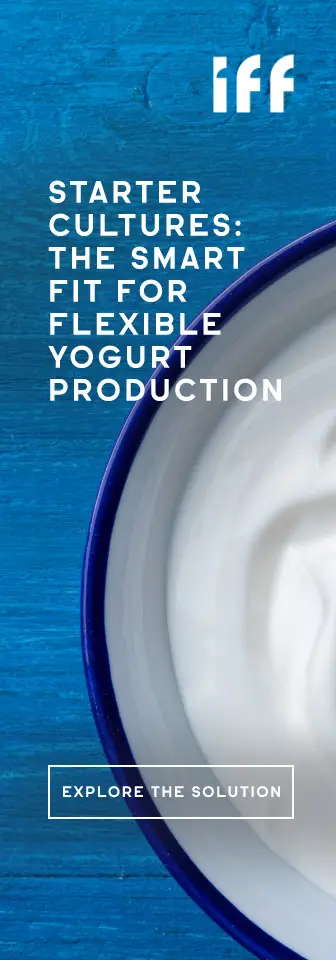Mammoth meatball dispute erupts as Paleo and Vow clash over myoglobin protein
31 Mar 2023 --- Paleo, a European food-tech company, claims it is considering legal action against Vow for passing the “mammoth meatball” as its own invention, insisting that the technology used to develop mammoth myoglobin was created two years ago by Paleo and patent applications were filed at that time. Vow disagrees and says that given that the “mammoth meatball” is not edible, it cannot be considered to fall within the scope of the claims of the submitted patent application.
The Australian company also argues that a patent application “has yet to be granted.”
On March 28, the “mammoth meatball” was presented by Wunderman Thompson and the Australian start-up Vow in Amsterdam at the Nemo Science Museum. The “meatball” contained a mammoth myoglobin protein and was presented as the “world’s first” to showcase this protein.

Moreover, Vow says the purpose of the “mammoth meatball” was to “promote and increase public awareness of the cultured meat and alternative protein industry in general to the benefit of all participants in that industry.”
Last June, Paleo distributed a press release that stated: “The publication of its [Paelo’s] patent application means no other company can try to imitate the product nor apply for a similar patent, only Paleo can produce this heme identical to what you find in animal meat.”
The company says its submitted patent applications that have been “under review” and “publicly available to competitors for almost a year.”
Mammoth row
Paleo questions these claims by Vow. The Belgium-based precision fermentation business says it has developed a portfolio of proteins from different species including mammoth, without slaughtering animals, with its technology.
“When we learned about the [Vow] event, we were surprised. We sent out a press release nine months ago to announce that we developed the exact same mammoth protein (myoglobin), based on our fundamental research and innovation,” explains Hermes Sanctorum, CEO of Paleo.
“When Vow claims that no one has tasted mammoth myoglobin, this is simply not true. We developed the mammoth myoglobin and we tasted it in our lab.”
Speaking to FoodIngedientsFirst, Sanctorum says: “The point here is that the only ‘mammoth’ part in the mammoth meatball is mammoth myoglobin. The rest are sheep cells. Mammoth myoglobin is a technology we developed, filed patent applications for (that have been published for almost a year) and presented in the media a long while ago.”
“At Paleo, we are in the business for ethical reasons. I believe we should also perform business in the alt protein space in an ethical way,” he continues.
Cautious on sharing any further details on the disagreement “from a legal perspective,” Sanctorum adds that Paleo is “assessing it now.”
“But we take this seriously,” he shares.
Not for human consumption
FoodIngredientsFirst has also reached out to Vow for further comment.
According to Vow, the “mammoth meatball” is not intended for human (or any other) consumption and indeed is incapable of being consumed as food.
In particular, the mammoth meatball is preserved in formalin and coated in resin, consistent with its true nature as a museum exhibit intended solely for display and to provoke discussion and debate about the future of food.
By Elizabeth Green












